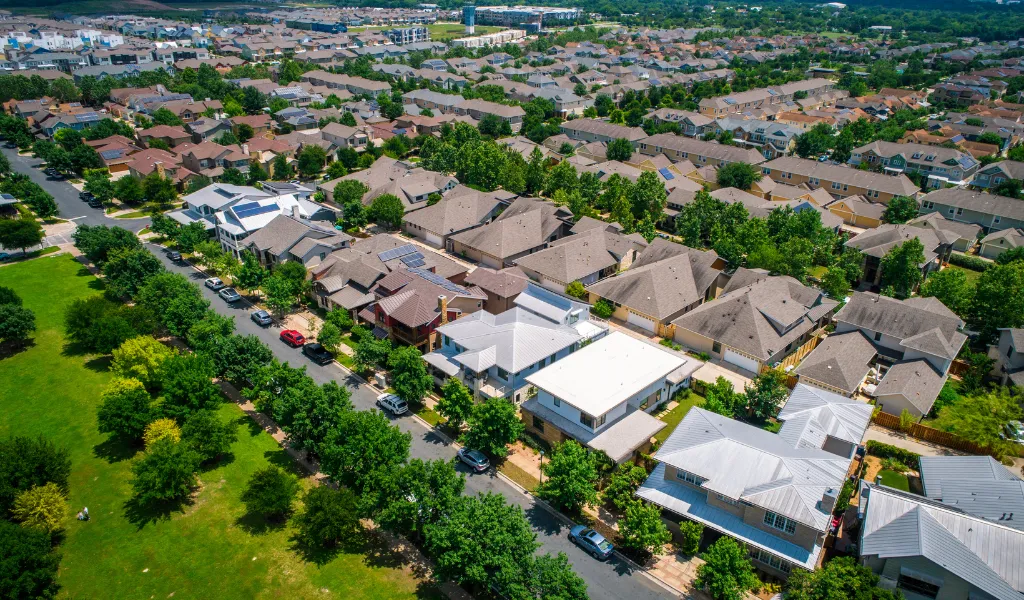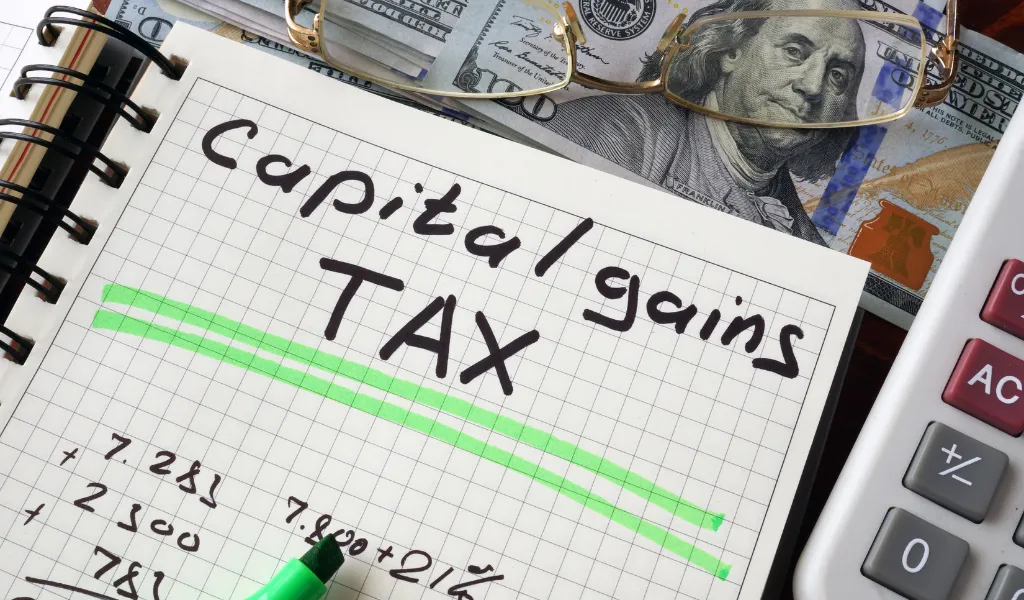If you decide to sell a property that is not our primary residence, then usually you must pay CGT. It is paid on any financial gains you get from the sale. On a residential property, capital gains tax is 18% to 28% of the gain. Thus, it is not the total sale price. You can find all the information you can need through HMRC. They provide you with all the taxation rules about selling your property. If you meet the criteria, you can qualify for Private Residence Relief (PRR).
What Qualifies as Principal Residence for Relief?
First things first. You must understand that for CGT purposes, a home is also called a private residence or simply a residence. All these terms are interchangeable. They indicate any dwelling in which you live. Any place you use as a residence. You can have more than one home simultaneously. The same rules apply to residential caravans and even houseboats.

How Does Private Residence Relief Work in the UK?
So how does PRR work? Well, it applies whenever you sell a “dwelling house” or dispose of it. The dwelling house must be your only or principal residence. Now, the question arises what constitutes a “dwelling house.” Legislation does not define it. Nevertheless, you can refer to a body of case law built up over a long time. Typically, the entire building in which you live is a dwelling house. Additionally, this can include any relevant buildings that are adjoined to the main building. For example, a garage, outside study, or a workshop that is a part of the overall household. Along with the building, the garden area will also qualify for PRR. That is, if it is within a permitted area. An area that is less than 5,000 square metres is a permitted area. Nevertheless, an area larger than this can qualify if HMRC permits it. The condition is that it is necessary for the ‘reasonable enjoyment’ of the property. If you utilise any part of your home for business purposes, then that part does not qualify for relief upon sale. Please note that if you use a room for occasional remote working, then it does not count for business purposes.
When do You Qualify for Full Relief?
You can avoid paying Capital Gains Tax when you sell your home. Of course, you must meet certain criteria:
- For the duration of ownership of the property, you lived there.
- The property you are selling is your only property.
- You did not use any part of your home for business purposes only.
- The total size is less than 5,000 square metres. This includes all the buildings and all the grounds.
- The sole purpose of purchasing the property was not to make a gain.
Once you meet all these criteria, you will receive Private Residence Relief automatically. You will not have to pay any tax. However, if you fail to meet one or more of these conditions, you may end up paying partial CGT.

When You Sell Your Family home
If you decide to sell your family home, then Capital Gains Tax will not apply. This is true for most instances. On the other hand, this situation is more complex if you use part of your property for business purposes. Or even if you own more than one home.
When Do You Qualify for Partial Relief?
Even if you do not meet all the criteria to qualify for full relief, you may still get partial relief. How do you figure out if you can receive partial relief? Well, you must fill out the necessary CGT tax return summary pages. Then, HMRC will review your form. They will inform you whether you qualify for at least partial Private Residence Relief.
Do You Qualify for PRR When Selling Your Second Home?
The short answer is no. PRR does not apply when selling your second home. This is because only one residence can qualify for PRR at any time. Civil partners who live together and married couples only have one residence that qualifies for relief.
What If You Face Loss When Selling Your Home?
Capital Gains Tax applies to the profit you make on the sale. It is not applicable to the overall sale price. Which means that if you make a loss when you sell your home, you will not pay CGT.
What is the 36-month Rule of Exemption?
There exists a rule for the exemption period before you sell your home. This is called the 36-month rule. It is important to note that it was 36 months before. Now, it has changed. For the majority of property sales, it is less than 36 months. You pay tax on the ‘chargeable gain’ on your property sale. What is the ‘chargeable gain’? It is the gain you main minus the PRR that you qualify for. You can get full relief from the following:
- The number of years you lived in the house.
- Even if you are not currently residing in the house, the last nine months that you owned it still apply.

How to Determine Private Residence Relief in the UK
The method to calculate Private Residence Relief has changed. Therefore, the amount of relief you qualify for differs. It is according to whether you made the sale before April 2020.
Calculating Private Residence Relief Before April 2020
The rules before April 2020 stated an 18-month exemption period. This exemption period was added to the years you resided in your home as the principal residence. To elaborate, here is an example: You owned a property for ten years, but only lived in it for four years. You will then get PRR for five and a half years out of the ten years of ownership. As a result, CGT is applicable to only 45% of your gain.
Calculating Private Residence Relief Now (2022 and 2023)
The rules changed. Now, the exemption period is only nine months as of April 2022. Again, here is an example to explain: You owned a property for ten years, but you resided in it for only four of those years. You will then receive PRR for four years and nine months out of the ten years of ownership.
What are the Criteria for Qualification for Private Residence Relief?
To qualify for PRR, you must be a resident for tax purposes in the same country as the property for the tax year. So, if you are selling the property, you must meet this requirement as of April 2015.
Capital Gains Tax for Non-Residents on UK Residential Property.
If you are a non-UK resident who is disposing of their residential property, then you will not get PRR. To qualify, you should have spent a minimum of 90 midnights on the property.
Other Considerations for Private Residence Relief
Dwelling House: Anything ranging from a house to a flat to a houseboat or even a fixed caravan. If it is your home. Only/Main Residence: Throughout the time you owned the property, it remains your only or primary residence. Period of Ownership: This is the length of period you owned the home from the point of purchase to the completion of a sale. This provides you with the basis to calculate Private Resident Relief. Job-related Accommodation: You and your spouse live in a home because it is part of your job requirement. Furthermore, your primary residence is somewhere else. These factors determine Private Resident Relief. Garden or Grounds: For garden or grounds, there is no statutory definition. Grounds usually mean an area that is larger than a garden. You can find guidance through HMRC on the following definitions:
- Garden: it is a piece of ground, which partly has grass. They adjoin it to a private home where you grow vegetables, fruits, or flowers. Additionally, it is a recreational place.
- Grounds: it is attached to a dwelling house and is an enclosed land. It can also surround the dwelling house. It serves the purpose of recreation or ornament.
- Any land that is not a garden or grounds does not qualify for relief. This applies even if the total size of land is within the permitted area.
Is it Possible to Claim Both Private Residence Relief and Letting Relief?
The short answer is yes, you can claim both Private Residence Relief and Relief. Although, it is only under certain circumstances. Suppose you let out part of your property. Then, you need to figure out what part of your home you lived in. This is because you will get PRR on this specific proportion of your gain. For example, you rent out a bedroom, which is 10% of your home. In this scenario, when you sell this property, you make a gain of £60,000. Let’s just suppose. Since 10% of your property was on rent, you will get PRR on 90% of the gain. Furthermore, you can claim Letting Relief on the remaining 10%. Thus, you can claim both and avoid paying Capital Gains Tax altogether.
Conclusion
To summarise, it is important to understand how to qualify for PRR. Additionally, you must know how to calculate it according to the recent changes in rules. When selling your property, make sure you meet all the criteria. Otherwise, you will end up paying Capital Gains Tax. Remember, you can still qualify for partial relief if not full.








